“It’s not a race to prove the truth. The truth is always going to exist,” filmmaker and New School alum Jon-Sesrie Goff said. An unusual thing to hear from a documentarian, whose work deals primarily in truth — but Goff’s work is anything but usual. Last Tuesday evening, Goff and New School professor of screen studies Nathan Fitch joined friends and community members in the Anna-Maria and Stephen Kellen Auditorium for a screening of Goff’s experimental documentary After Sherman.
After Sherman, which premiered in 2022 at the Tribeca Film Festival, is a wide-reaching story of family, land, race, and the Gullah Geechee people. The Gullah Geechee people are descendants of West and Central Africans who were forcefully relocated via the transatlantic slave trade to North Carolina, South Carolina, Florida, and Georgia. This insulated coastal community — residing in the Gullah Geechee Cultural Heritage Corridor designated by Congress in 2006 — speaks the Creole language of Gullah, spoken nowhere else in the world.
Goff recalled describing the sound of the film to his editor, saying, “It sounds like my grandmother … like an old Black Geechee woman.” In the film, conversations in Gullah were not captioned. “What do we have to do in real time? We have to listen. We have to ask people to repeat themselves. We have to sit with not knowing. And that’s the experience I wanted to replicate,” Goff explained. The film also does not include ‘lower thirds’ — titles at the bottom of the screen often seen in documentaries, calling the audience to listen and sit with the words being spoken to them.
Goff was born in Hartford, Connecticut, yet his true homeland is Georgetown, South Carolina. “There’s a birthplace and a home place,” his father, Dr. Rev. Norvel Goff of Mother Emanuel African Methodist Episcopal Church remarks at the beginning of the film. Much of the film involves Goff’s father.
“[This] documentary was sort of reconciling with the fact that I had to share my dad with my community growing up,” Goff said. His father’s church was the target of a racially motivated, deadly mass shooting in 2015, which the film uses as a catalyst for portraying anti-Blackness in the United States. Combining interviews with Gullah Geechee landowners, conversations between the filmmaker and his father, historical footage, animated collages, images of land, water, maps, and newspaper headings, the film crafts a layered narrative of what home means to Goff, in the broader context of the United States’ history and current reality. “I’m a collage artist, and this is very much a collage,” Goff said during the post-screening Q&A.
In conversation with the New School Free Press after the event, Goff described how it felt to return to his alma mater. “It’s incredible, it’s like a homecoming of sorts … it’s really a full circle moment.” He attributed much of his early film development to The New School, tracing his memory through the university buildings. “I learned Final Cut across the street … I learned 60-millimeter filmmaking upstairs,” he said. “I came here and had an opportunity to work on set … all of that contributed to how and why I make work.”
In the post-screening discussion, Goff reflected on what he called a transformative process, both artistically and personally.
The making of this film was a long journey — obtaining funding for an experimental film is difficult, and often involves submitting to other’s artistic visions, Goff explained. “I didn’t want to be in front of the camera. That was a requirement to continue to raise funds to complete the film,” Goff said. In a story that is deeply personal and is anchored in Goff’s family story, it’s interesting to hear this reluctance toward self-documentation from Goff. Eventually, he acquiesced, but on his own terms. “You want me, you can see the back of my head. You want me to do narration, I’ll whisper it,” he joked.
“I use the camera as a shield, as a defense mechanism to ask questions I don’t feel comfortable asking otherwise,” Goff said, referring to the exploration of his family history. This created space for unspoken truths to rise to the surface, resulting in him and his father becoming closer over the course of the film’s production “The camera is a powerful tool,” Goff remarked.
Paraphrasing pioneering Black documentary filmmaker Madeline Anderson, Goff echoed her sentiment on the power of cinema: “There’s something about film and the audio-visual combination that creates an undeniable truth.”
The layering of mediums parallels the complexity of truth and the different realms in which truth can exist. “I’m such a visual person and visual learner, I knew that I wanted the film to exist on varied planes … a visual plane, an auditory plane … an emotional plane,” Goff said.
The truths this film offers are difficult to face, yet vitally important to include in the narrative of American history. As Goff remarked, “there’s so many acts of violence that happen quietly in the shadows every day … there’s still these atrocities that separate people and families from their identity, from their culture, from their land, that continue to happen.”
The legacy of slavery in the United States is often kept behind a veil of ignorance, but this film brings it to the big screen, and gives a voice to those often unheard. After Sherman is a rich visual and auditory history, in which land is representative of collective history and culture. Spoken emphatically by Dr. Reverend Goff in the beginning of the film, “Never sell the land. That’s your inheritance.”

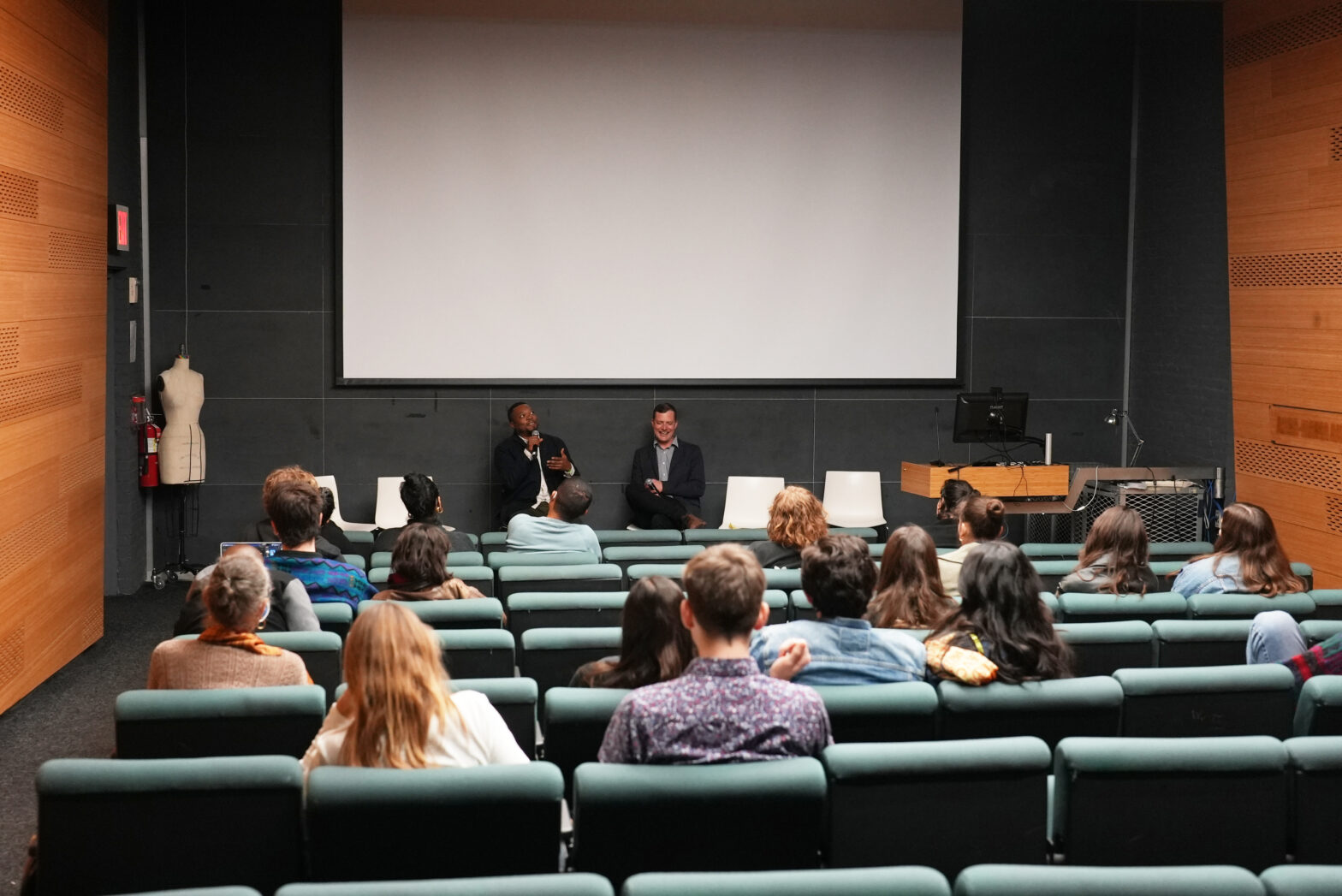
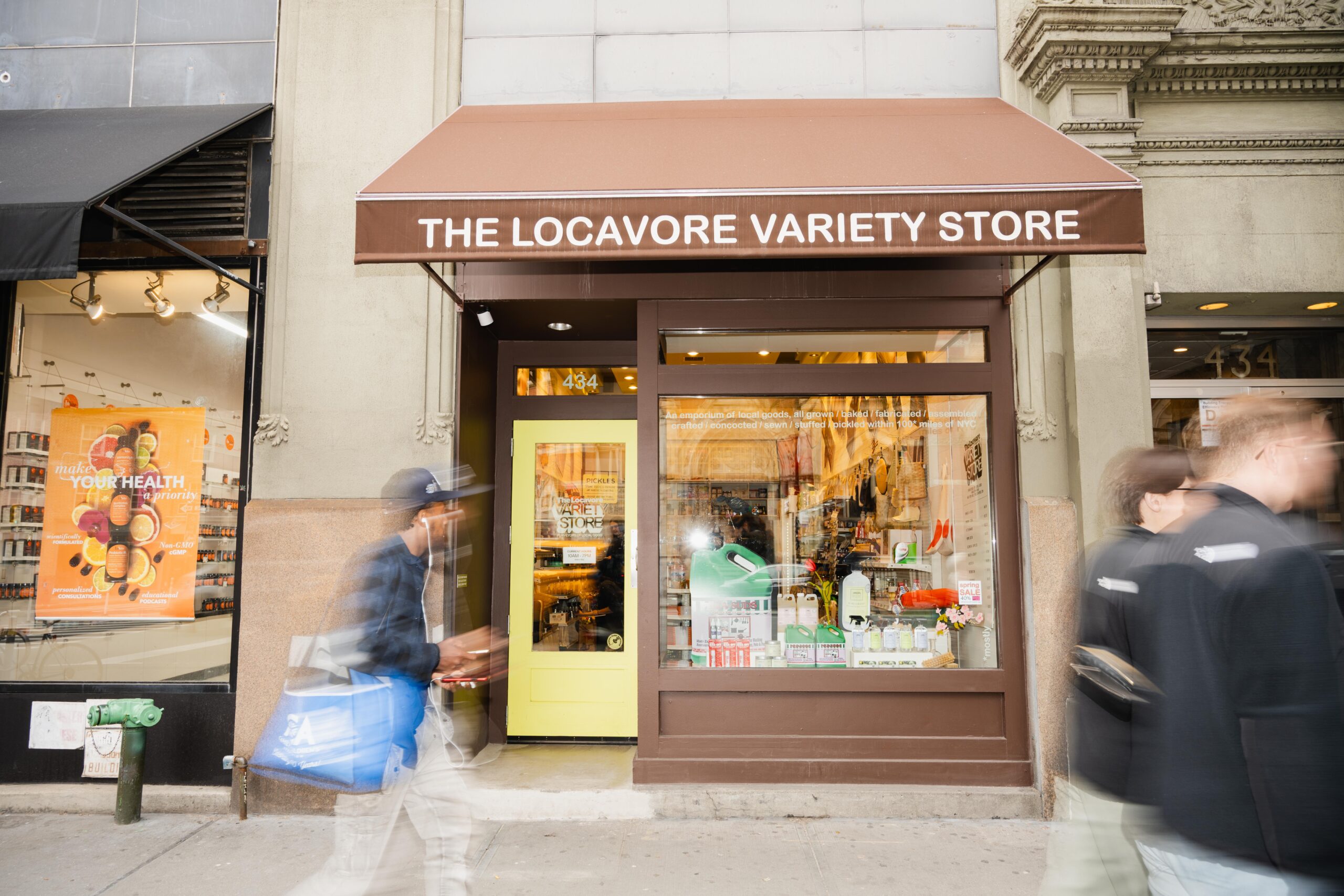
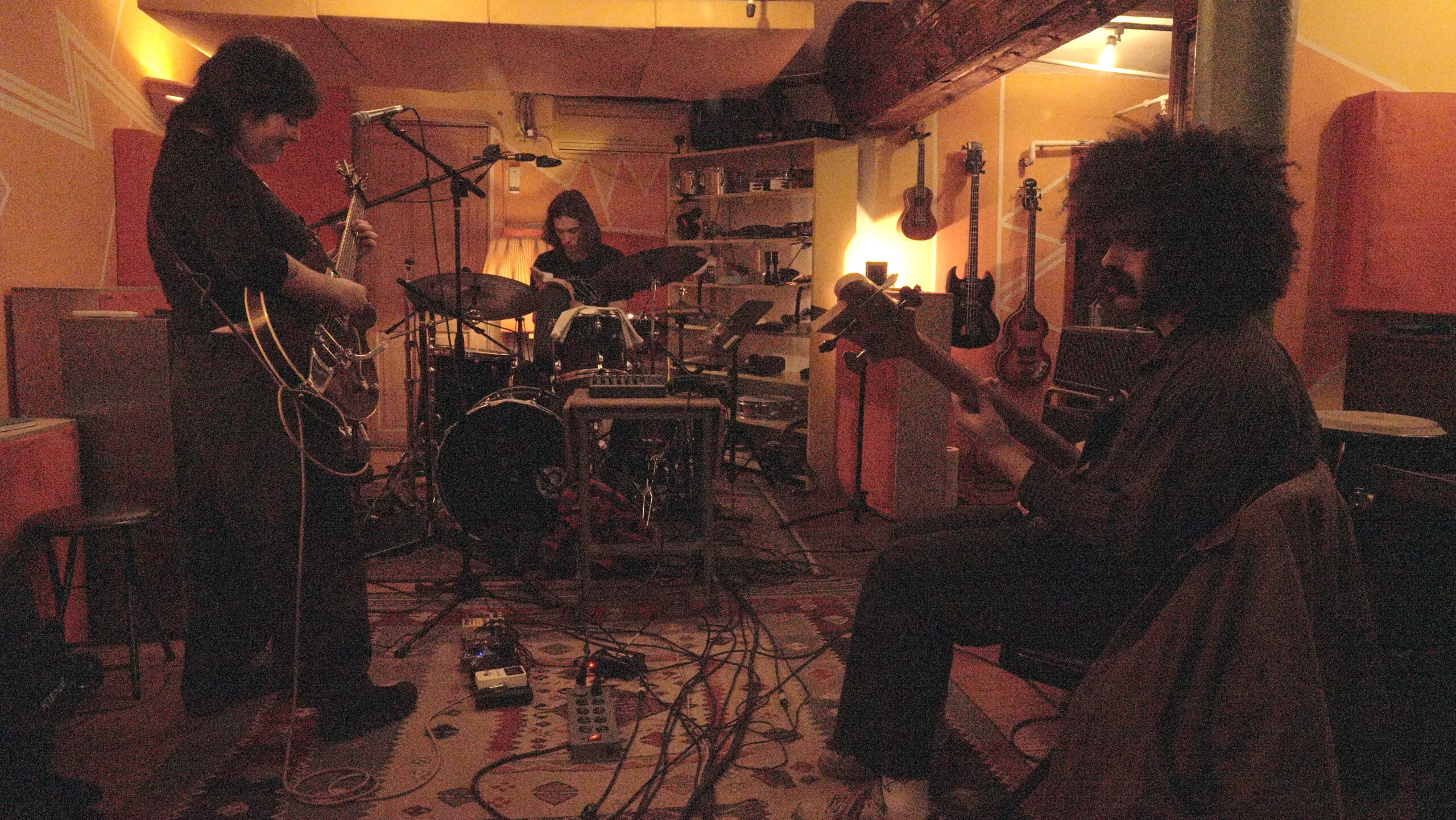
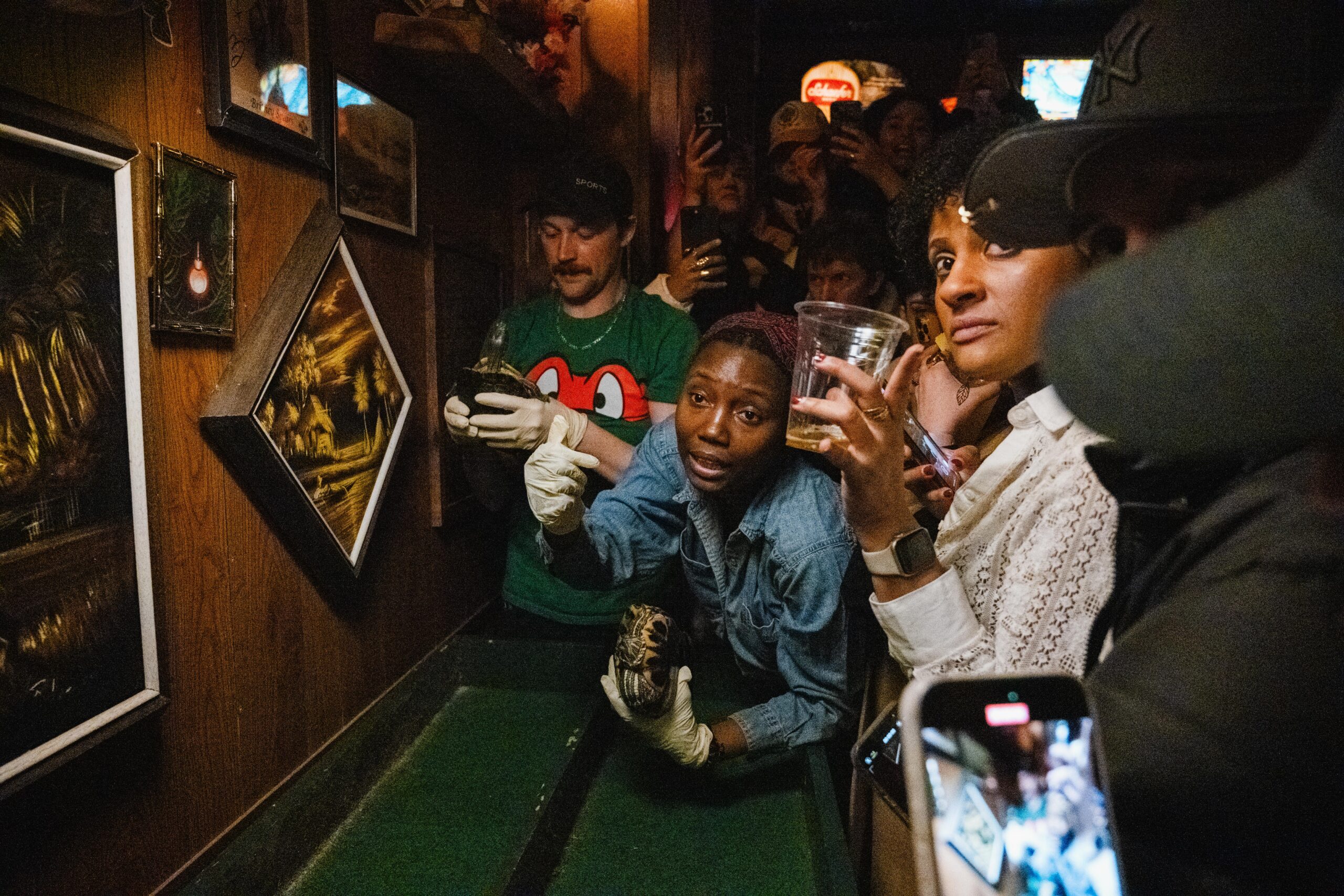
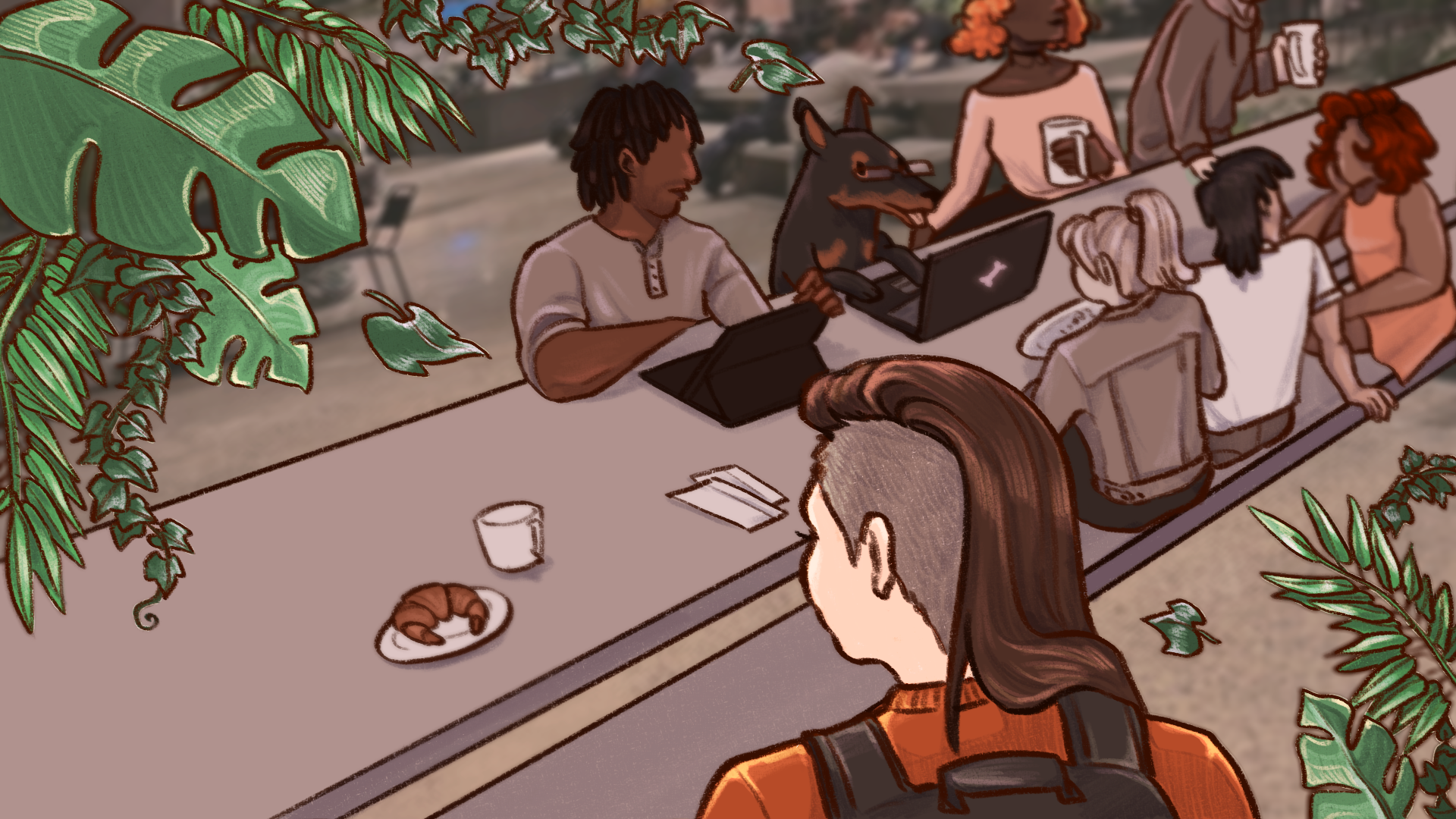

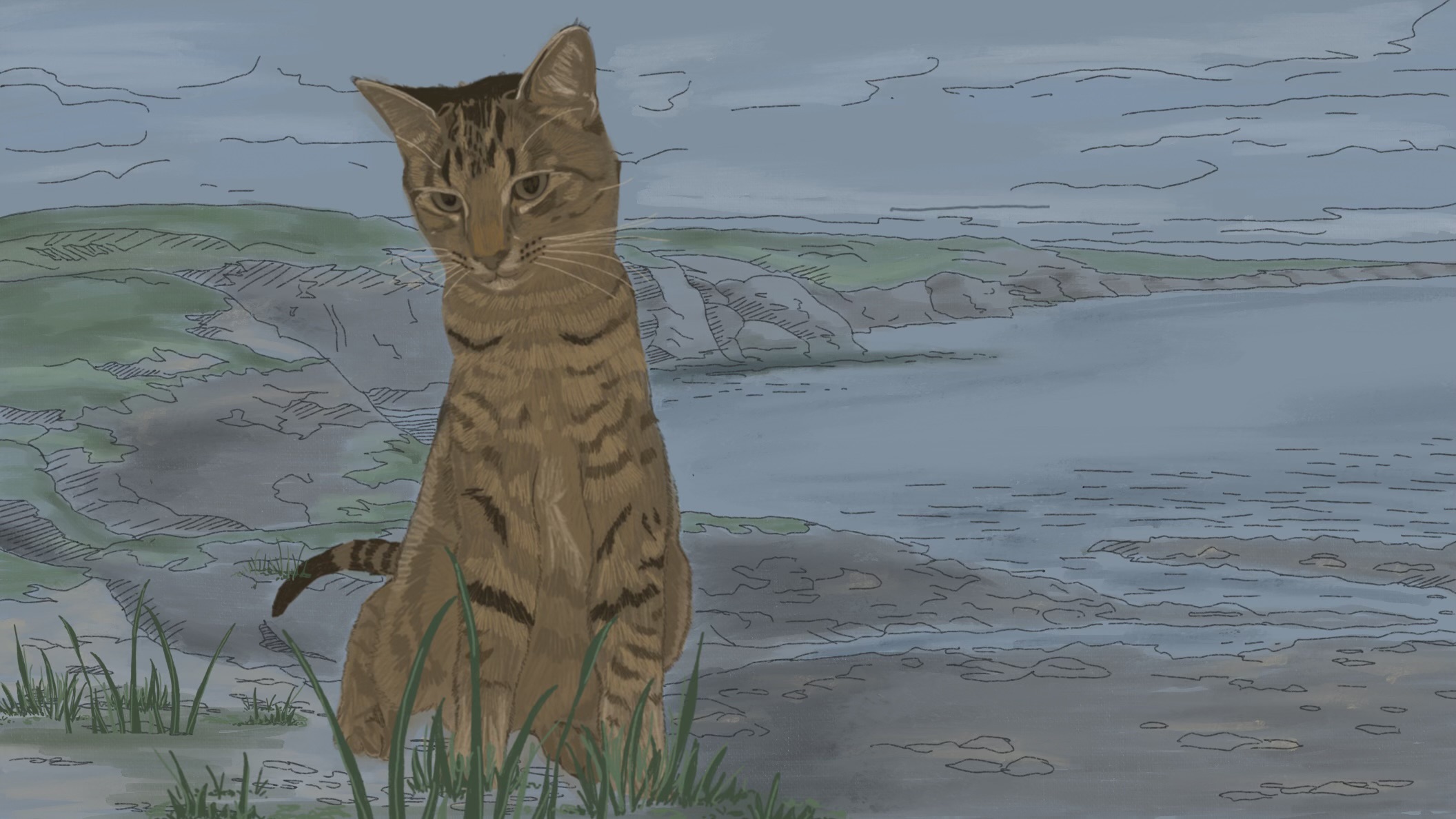
Leave a Reply